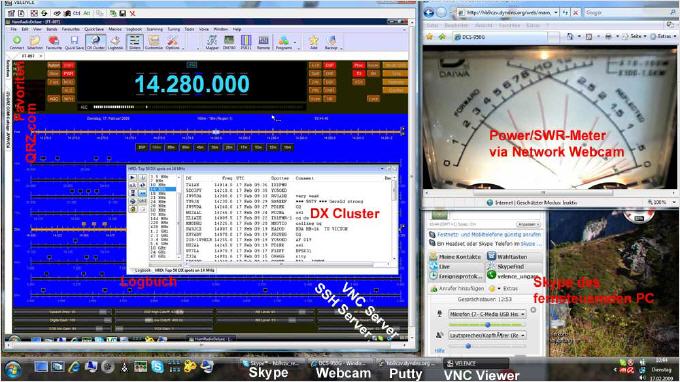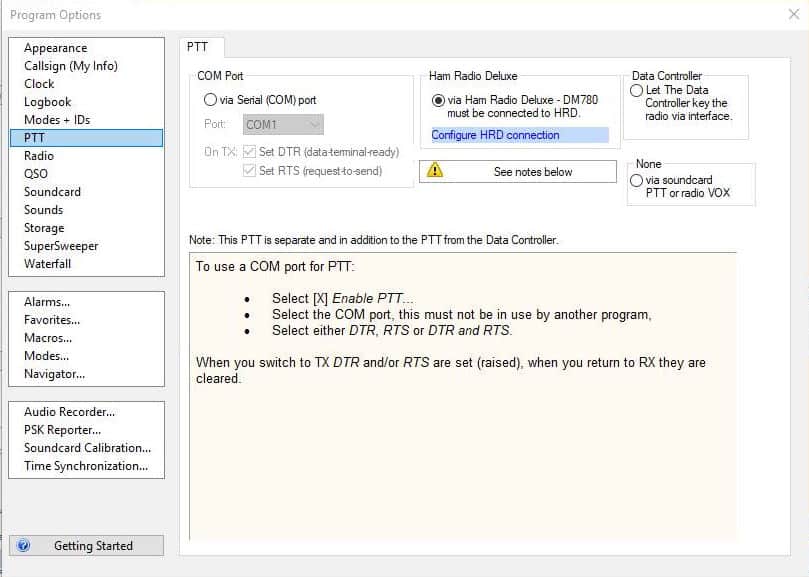


It can be difficult to identify some of the more obscure modes which appear on the amateur bands. Much of the software available is multi-mode, which means that they are able to operate many popular digital modes (ie DominoEX, MFSK16, PSK31, and RTTY) though not all are equal in this regard. The computer and software link to the transceiver also by a serial port connection (CAT) which allows the program some control of the radio. Digital modes use audio-frequency signals which are modulated in various ways according to the mode. Some programs allow for the use of an external TNC or multifunction controller (ie Kantonics or SCS PTC) as an interface between radio and computer. The sound card of a PC is a cheap effective analog to Digital converter. These operate in conjunction with conventional HF SSB radio transceivers, and usually use the PC sound card as the means of input and output to and from the radio. MultiPSK offers more modes than any other but is definitely not for the beginner.Ī number of computer programs have been written for Amateur Radio Digital Mode operation. If computer screen space is limited or a simpler interface is required, next on my list are the more ‘compact’ programs of Fldigi and MixW. My own preference, having spend some time using all the programs discussed, is for DM780 which I judge to be state of the art. Choice will be made largely on the basis of cost or personal preference based on ease of use and available features.

Some are self contained, others form part of a suite of programs designed for general logging etc (DM780, WinWarbler). There are a significant number of programs available to the Amateur Radio operator enabling the use of digital modes.


 0 kommentar(er)
0 kommentar(er)
